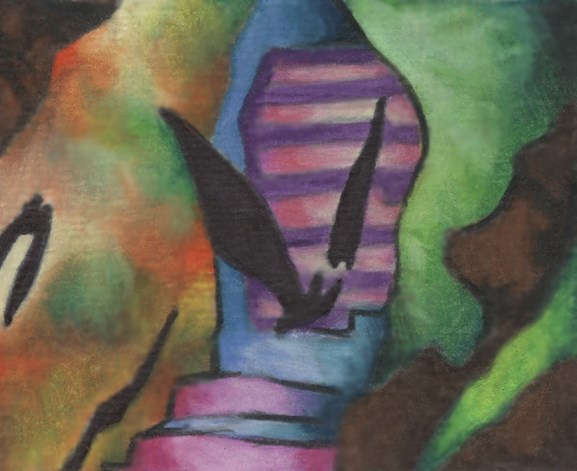Last updated: December 1, 2023
Article
The Art of Adapting
Innovating to help the most vulnerable. Outfoxing wildfires gone wild. Listening to people who know. Asking for help. Inspiring (and being inspired by) kids.
Adaptability. It’s our signature talent. Animals can adapt too, but some are struggling more than others with the current pace of environmental change. The endangered sea turtles in Frandsen’s story have adapted over millennia but still need our help to avoid extinction despite their ancient lineage on this planet. The article by Verant and colleagues reveals the surprising ways some bats are adapting to survive a deadly disease and the innovative things scientists are doing to protect them. But humans’ remarkable ability to adapt can also lead to hubris. Like when European-American settlers extinguished all naturally ignited fires and went against the longstanding Indigenous practice of maintaining our ecosystems with prescribed fire. Along with a warming planet, that put our urban communities and forests at risk. Happily, Gibson and colleagues show us there’s an Rx for that.

Image credit: NPS
Though we’re pretty good at it, we’re perhaps not quite as adaptable as the fleas that carry plague, which develop resistance to insecticides. Eads and coauthors tell us how to stay one step ahead. And we’re stymied when challenged to make room for those who can’t squeeze into one-size-fits-all cultural boxes. But in the introduction to our lead feature article, Watkins and colleagues show us we can train ourselves to adapt by deliberately adopting language that’s inclusive of everyone. That’s powerful stuff, because language and thought are closely linked: change how we talk and we just might change how we think. And if we’re going to use science to help the communities around our parks, as told by Watkins et al. and Webber and Miller-Rushing, we need to think of everyone in and outside them.
To adapt successfully, we need to listen. To the people in communities who share environments with our national parks. To our fellow employees for sure, because, as Bolas and Said explain, that’s how we know what works to protect them from disease. And, as Wandersee and colleagues relate, to our fellow scientists, who can show us what we know and don’t know about wildland fire impacts on drinking water. We also need to listen to our fellow creatures, because, as Tomerlin tells us and Gallagher shows us (in 60 seconds!), that’s how we find out who they truly are and how they’re doing. We even gain by paying attention to easily overlooked organisms like seaweed, as renowed phycologist Susan Brawley tells us in Schmitt’s profile of her. They have the potential to teach us new things about life, the universe, and everything.
Adapting well also means knowing when to ask for help. As Lambert and coauthors show us, the benefits of practicing science alongside those who answer the call go beyond the data collected. And as Grant-Hoffman and Spencer, and Chiascione and Langley, so charmingly demonstrate, when those citizen scientists are the youngest among us, the benefits are priceless.

About the author
Marie Lawrence is the editor of Park Science magazine.
